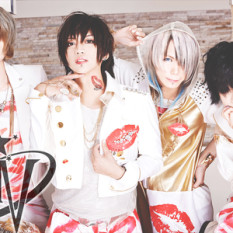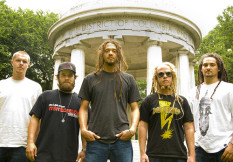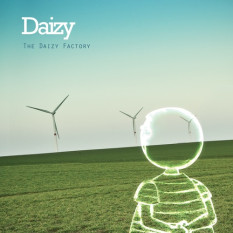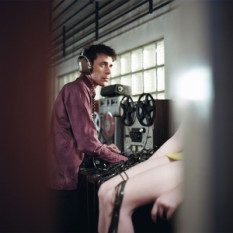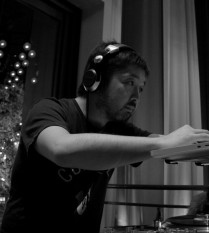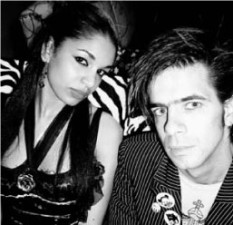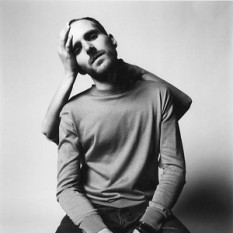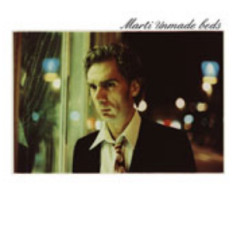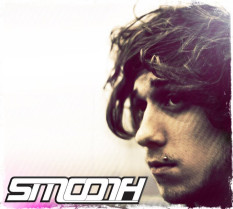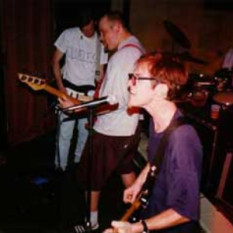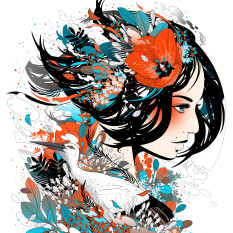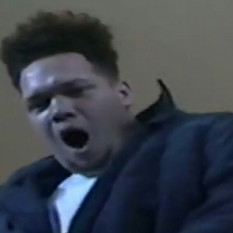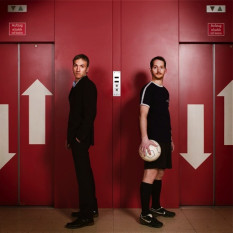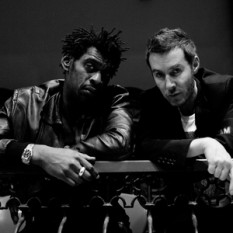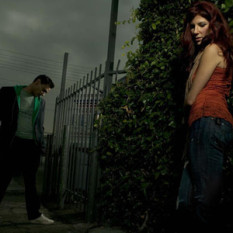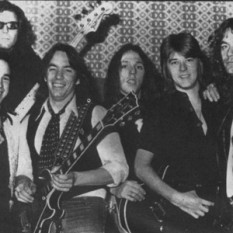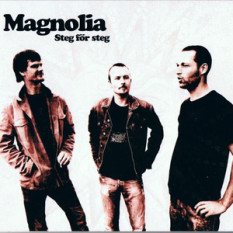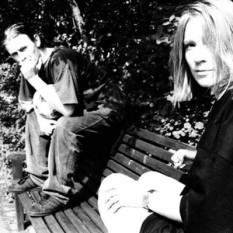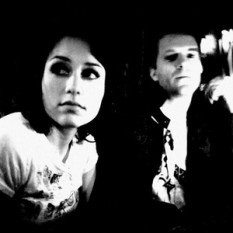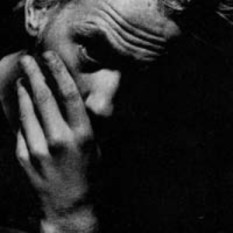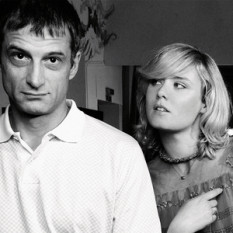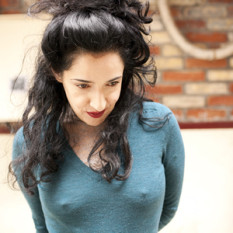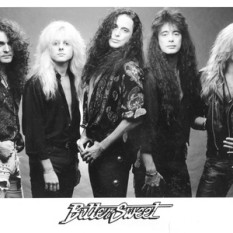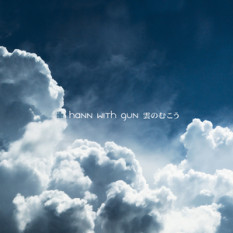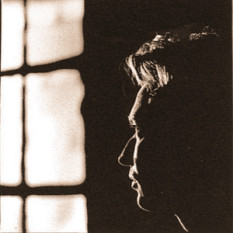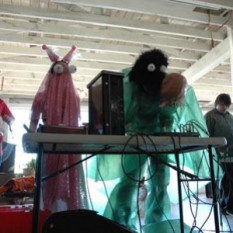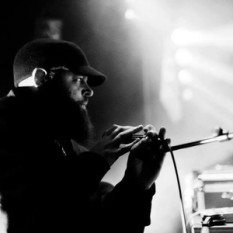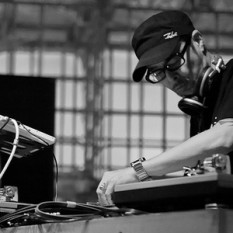A "type of dance music, played on electronic instruments and with a slow beat", according to Longman Dictionary, trip-hop (also known in the past as the "Bristol sound") is, in fact, a musical movement that started in Bristol, UK. The tag isn't limited to Bristol-based bands though; bands as far as Canada (eg. Perfume Tree) or Costa Rica (eg. Úztari) have been considered 'trip-hop'. Many 'trip-hop' bands like Massive Attack, Portishead or Tricky have denied the term though, claiming it to be "an invention of media journalists". (It was in fact coined by Luke Vibert aka Wagon Christ).
Trip-hop music is widely considered to be part of electronic music. However, unlike most sub-genres of electronic music, trip-hop has a mostly organic sound that rarely puts emphasis on electronic instruments. At first, bands like Portishead have been considered 'alternative rock' in the lack of a term like trip-hop; however, the mood of most trip-hop music is different from the mood of most alternative rock music. Also, guitars aren't used often and, when they are used, they are used in a moderate proportion, whilst drums and vocals are the main instruments.
After the initial success generated by Portishead's Dummy album, in the mid-/late '90s discussion took place on the subject of so-called 'trip-hop' bands using the Portishead formula without presenting enough innovations to be considered not clones. There were many pop-oriented bands who didn't used the 'cabaret noir' elements of the Portishead sound, often resulting in a sound that resembles Morcheeba or Hooverphonic. Even so, many such bands presented special elements or contributions that made them overcome the 'Portishead clone' tag and enter the ranks of trip-hop databases such as Tripofagia or Tripnotic.
In trip-hop music, influences from hip-hop, dub, techno, rock and pop exist. Most commonly, artists/bands that can be deemed trip-hop are identified by their sound. Trip-hop bands can draw from an even greater pool of influences than this, bands like Hungry Lucy or Sunday Munich are influenced by goth/darkwave/ethereal; projects like Sestatee or early material from Amstrong use industrial elements; also, many bands like Halou, Bowery Electric or Lunascape draw their influence from dream pop/shoegazer music.
Because of the breath of influences trip-hop musicians draw from, many artists from genres such as instrumental hip-hop, melodic IDM, acid jazz or downtempo are tagged as trip-hop. In order to avoid having only beats, many instrumental hip-hop artists use (vocal) samples, often from other genres such as jazz or classical - creating an atmosphere that resembles the Bristol sound. Therefore, many artists from labels such as Ninja Tune have been associated with trip-hop, even though tags like instrumental hip-hop or acid jazz would be more fitting. More melodic IDM artists like Wagon Christ or Yppah have also been called 'trip-hop'; while both cited artists are on Ninja Tune (a label closely identified with trip-hop), they were called 'trip-hop' mostly because they use beats that are specific to this sound. What differentiates these producer's music from trip-hop is the syncopation of the beats and the inclusion of IDM-specific glitches along them.
It's common for trip-hop and downtempo to be confused. Although trip-hop is generally downtempo, not all trip-hop songs are downbeat and most of them are dark and tensioned, unlike downtempo music. Because of the confusion between the styles, certain downtempo musicians like Thievery Corporation are also regarded as trip-hop. Other styles that are confused with trip-hop are acid jazz, nu-jazz, and lounge. Label Ayia Napa has a compilation series "From Trip Hop To Nu Jazz - A Smooth Transition" which feature artists in between these styles, showcasing the musical similarities between them. .

